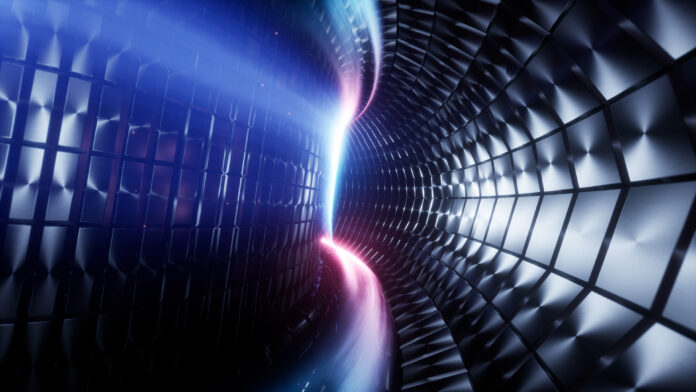Engineers at the University of Wisconsin-Madison have developed a new technology that promises to make commercial nuclear fusion reactors one step closer to reality.
Nuclear fusion is a process that creates energy in the same way as our sun does. It involves the smashing together of two atoms with such force that they combine into a single, larger atom, releasing huge amounts of energy along the way.
Unlike nuclear fission—the nuclear reaction that is currently used in the energy sector—fusion does not create radioactive waste. It produces three to four times more energy than fission and does not release carbon dioxide into the atmosphere, unlike burning fossil fuels. Fusion is also a very fragile process that will shut down in a fraction of a second if the correct conditions are not maintained. Therefore, there is no risk of nuclear meltdown from this reaction.
For this reaction to take place, we need to be able to mimic conditions comparable to the sun, which takes a lot of energy. In fact, to create this reaction on Earth, temperatures need to be at least six times hotter than the center of the sun!
At these superhot temperatures, atoms exist in a state called a plasma, which is basically a soup of negatively charged electrons and positively charged ions that have been ripped apart by the extremely hot temperature of their surroundings.
John D/Getty
In most fusion reactors, hydrogen atoms are used for the reaction. When they are superheated into a plasma, their single electron is ripped away, producing a soup of positive hydrogen ions and electrons. However, towards the edges of the plasma, where it is less hot, some of these hydrogen ions can bind back to the soup of electrons, creating neutralized hydrogen particles.
So why is this a problem? These neutralized particles can cause energy to be lost from the plasma, increasing the amount of energy required to maintain the reaction. And for a process that is all about minimizing energy inputs, this is a major issue.
“These hydrogen neutral particles cause power losses in the plasma, which makes it very challenging to sustain a hot plasma and have an effective small fusion reactor,” Mykola Ialovega, a postdoctoral researcher in nuclear engineering and engineering physics at UW–Madison, said in a statement.
To solve this issue, the team at UW-Madison has created a spray coating mechanism that is able to mop up these problem particles while also withstanding the extreme conditions inside the nuclear reactor.
“The fusion community is urgently looking for new manufacturing approaches to economically produce large plasma-facing components in fusion reactors,” Ialovega said.
The team’s technology uses a cold spray process to deposit a coating of the metal tantalum on the stainless steel surface of the reactor. This metal can withstand the superhot temperatures of the reactor, and is also great at absorbing hydrogen.
“We discovered that the cold spray tantalum coating absorbs much more hydrogen than bulk tantalum because of the unique microstructure of the coating,” Kumar Sridharan, a professor of nuclear engineering and engineering physics and materials science and engineering at UW-Madison, said in a statement.
Cold spray technology is similar to using a can of spray paint. It involves propelling particles of the coating material onto a surface at a velocity faster than the speed of sound. When they collide with the reactor walls, they flatten like squished M&Ms which forms a coating across the entire surface. However, small gaps remain between these particles, creating a larger surface area for absorbing hydrogen.
Even more excitingly, when the material is heated even more, it expels the trapped hydrogen so that it can be recycled, without modifying the coating.
The coating is also easy to repair and replace, meaning it could not only make reactors more efficient but also easier to maintain. “Currently, damaged reactor components often need to be removed and replaced with a completely new part, which is costly and time consuming,” Ialovega said. “Another big benefit of the cold spray method is that it allows us to repair reactor components on site by applying a new coating.”
“Our technology shows considerable improvements over current approaches. With this research, we are the first to demonstrate the benefits of using cold spray coating technology for fusion applications.”
The results of this research were published in the journal Physica Scripta.
Uncommon Knowledge
Newsweek is committed to challenging conventional wisdom and finding connections in the search for common ground.
Newsweek is committed to challenging conventional wisdom and finding connections in the search for common ground.


